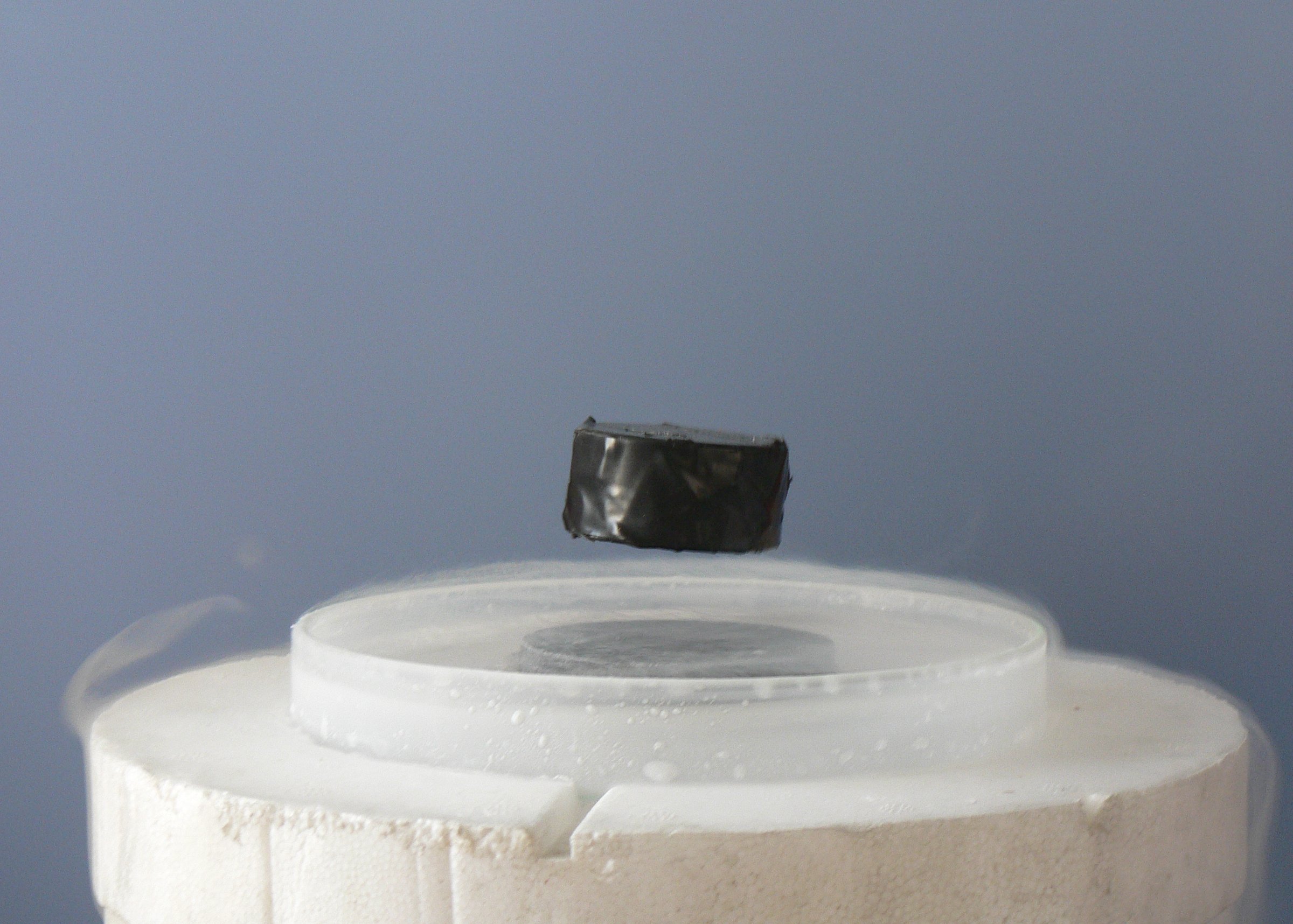Practical applications of Superconductors
- Introduction to Superconductors
- Different Types of Superconductors
- Quantum Mechanics
- Synthesis and Fabrication of Superconductors
- Superconductors and Electronics
- Superconductivity and Energy
- Innovation and the Future of Superconductors
- Reflection and Discussion
Different Types of Superconductors
Understanding Low-Temperature Superconductors

Electrical conductivity with exactly zero resistance.
Low-temperature superconductors, often abbreviated as LTS, are a class of superconductors that were first discovered and are the most extensively studied. They exhibit zero electrical resistance and the expulsion of magnetic fields at temperatures that are significantly below room temperature.
Definition and Understanding of Low-Temperature Superconductors
Superconductivity is a quantum mechanical phenomenon where certain materials exhibit zero electrical resistance and the expulsion of magnetic fields when cooled below a certain temperature. This critical temperature varies for different materials but for low-temperature superconductors, it is typically below 30 Kelvin (-243.15 degrees Celsius).
Low-temperature superconductors are characterized by their ability to carry large amounts of electrical current without loss, making them extremely efficient for many applications. They also exhibit the Meissner effect, where they expel all magnetic fields, a property that is used in magnetic levitation applications.
Materials Commonly Used in Low-Temperature Superconductors
The most commonly used materials in low-temperature superconductors are metallic elements and alloys. The first superconductor discovered was mercury in 1911 by Heike Kamerlingh Onnes, who found that its resistance dropped to zero at a temperature of 4.2 Kelvin.
Other materials that exhibit low-temperature superconductivity include lead, which becomes superconducting at 7.2 Kelvin, and niobium, which has the highest critical temperature of the elemental superconductors at 9.2 Kelvin. Alloys such as niobium-titanium (NbTi) and niobium-tin (Nb3Sn) are also commonly used, especially in superconducting magnets.
Applications and Uses of Low-Temperature Superconductors
Low-temperature superconductors have a wide range of applications due to their unique properties. They are commonly used in MRI machines and other medical imaging devices due to their ability to create strong magnetic fields. They are also used in scientific research, for example in particle accelerators and detectors.
In the power industry, low-temperature superconductors can be used in power cables, transformers, and fault current limiters due to their high efficiency. They are also used in the transportation industry for magnetic levitation trains, which use the Meissner effect to levitate and propel the train.
In conclusion, low-temperature superconductors, with their unique properties and wide range of applications, play a crucial role in many areas of technology and research. Understanding these materials and their properties is key to harnessing their potential and developing future applications.